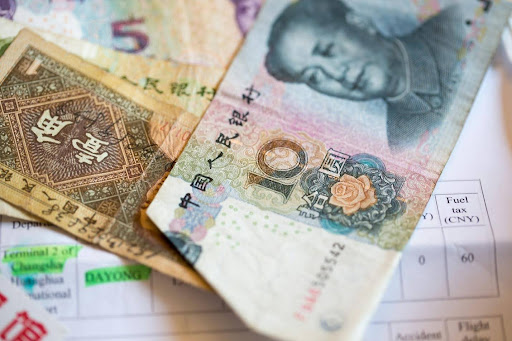As our world ties economies more and more each day through more global trade, world money ties, and coordinated central bank policies, what happens to one affects the others, too. Thus, the futures of major currencies are linked because of the strong trade and investment flows between countries that use them. To guess where money may go together later, we must first see the invisible ties now.
These hidden forces include interest rates, trade balances, debt levels, growth rates, inflation pressures, and political friendships. Let’s uncover some secret things connecting dollars, yen, euros, and others as big players interacting in the large global economy and finance area.

1. Exchange Rate Mechanisms
One big tie between currencies is floating exchange rates. When the dollar rises against the euro, it often climbs against the yen because of the effect on their dollar-euro rates. Institutions like central banks also indirectly touch each other’s values through currency swaps.
For instance, EURUSD technical analysis often highlights these dynamics by studying patterns in price movements between the two currencies. For example, Japan selling overseas properties can cause the yen to drop against other necessary monies. Exchange rates are the primary way shifts in one currency rarely happen alone from others. What one currency is worth against another links their values behind the scenes. These unseen connections through currency deals and trade rates change one money and gently move its peers, too.
2. Currency Pairs and Trading Relationships
Exchange rates don’t just link currencies; they pair them up. Currencies are usually quoted as pairs like euros to dollars or yen in money exchange markets. When traders bet the euro will rise against the dollar, they naturally think the dollar will fall against the euro. Many pairs are also based on combined quotes using a third currency. For example, beliefs about pounds to yen tie the pounds and yens together through the dollar in the middle.
Dealings between the nine most significant currencies in the $5 trillion currency exchange market keep their short-term changes tangled. Currency pairs and composite quotes guarantee flows move the significant monies as interconnected pairs in daily trade.

3. Reserve Currency Status
The dollar is the leading currency nations use to back up their money reserves. Around 60% of foreign exchange reserves are denominated in greenbacks. So, when worries in world politics cause places to buy more “safe haven” dollars, huge demand usually boosts the dollar across many developing peers.
The euro and Chinese renminbi are also becoming more widely used backup monies, but slowly. This lessens how much one place alone—the dollar—affects all. Still, major backup currencies are joined in a connected network, where what happens to the dollar partly impacts many others due to its huge percentage of global funds and debts.
4. International Trade Influences
Major trading partners can’t avoid flow-on effects as their main currencies rise and fall. For example, a cheaper yen often helps Japan sell more goods, aiding its suppliers like South Korea and big customers like China and Germany. Meanwhile, a stronger dollar periodically harms American trade and factories. This has knock-on impacts for Mexico and Canada, which rely heavily on exports.
Moreover, currency changes spread trends along worldwide supply networks, acting as connectors between economies. Hence, wise control of exchange rates is important to keep international ties strong.

5. Global Economic Interdependence
Economies are now more tightly connected than ever through linked factories and tangled money systems. When unexpected changes in U.S. central bank plans trigger waves of nervous selling, foreign stock markets usually join American ones falling. This strengthens the dollar compared to its peers.
At the same time, a slowdown in China’s economy can’t help but dim the outlook for nearby Asian nations and material providers globally. As economic luck ties together, troubles have grown prone to bouncing between money areas.
6. Central Bank Policies and Interventions
Central banks working together yet alone is a straightforward way for currency relationships to form. When major central banks change interest rates and bond programs or intervene in money markets, they try to steer their currency and indirectly affect others through financial conditions and stances. For example, big swings to tighter U.S. central bank policy usually lift worldwide loan costs and simultaneously make the dollar rise against its top 10 peers.
7. Interest Rate Differentials
The size of interest rate gaps is an important but quiet tie between main economy currencies. By varying the amount sovereign debt and bank accounts pay, central banks guide the worldwide movement of money that sets currency values.
For example, long-term, very low, or negative rates in Europe and Japan now add a gentle downforce on their currencies compared to the dollar. However, worldwide cash also flows to emerging market debt, which is paying more, leading to broader indirect impacts.
Final Thoughts
It’s plain that while seeming alone, significant currencies from dollars to euros to yen are deeply tied ships, showing worldwide ups and downs. Trade ties, backup standings, exchange rates, global money flows, policy moves, and secretly trapping currency fates jointly.
As global cooperation strengthens worldwide finance bonds further, the unseen threads linking monies will grow even trickier to see without tools. Though operating apart, changes in one, like the dollar, radiate into peers through complex but growing worldwide economic bonds.
